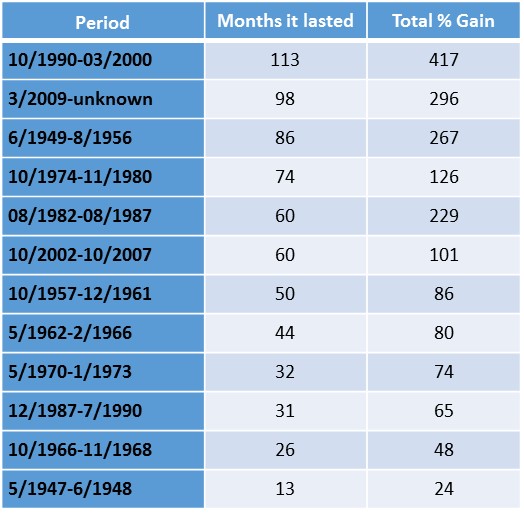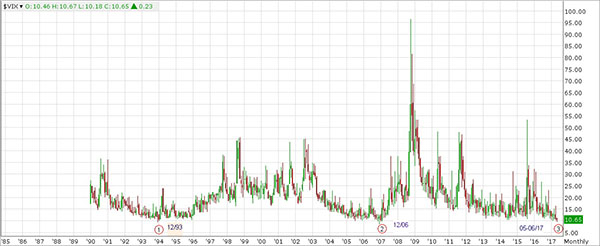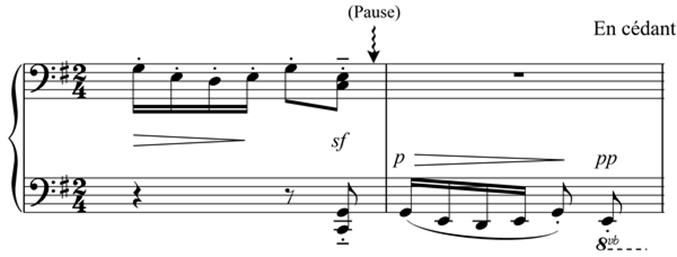“The biggest mistake investors make is to believe that what happened in the recent past is likely to persist. They assume that something that was a good investment in the recent past is still a good investment. Typically, high past returns simply imply that an asset has become more expensive and is a poorer, not better, investment”. – Ray Dalio, founder, Bridgewater Associates, LP
There is a broad unease about how long the stock markets will continue to be high. The last spasm in the USA, although now past, was enough to show that there is a downside to up.
The Stock Markets overall are doing great for a long period and investors reacted in a very positive way since the election of Donald Tramp.
It is very difficult to understand both from the buyers and the sellers’ point of view that Trump is essentially irrelevant to the evolution of the Market. Will this rally continue? Should you participate? Is this an opportunity to make some money?
The purpose of this article is to examine all the parameters objectively and suggest a strategy. Although nothing is certain about the future movements of the stock market and it is possible that the stock market will continue to be positive this year and may be the next, the rationale of this article is based on the risk versus opportunity evaluation, as this is the only basis of rational investment decision making for the future.
A historical statistical analysis is the first step. An examination of the Bull Markets follows.
- SP500 Bull Markets Since WWII
S&P 500 Bull Markets Since WWII
 Source S&P Global
Source S&P Global
As you can see from the table above we live in one of the longest bull markets in the last 80 years. Remember that the average bull lasts 57 months and we define as a bull market, a market were prices go up, without facing a correction of more than 20%. Is it possible to break the record of the first one? The answer is yes and from the above information alone all bets are on. We need an additional 15 months to do better.
This first examination can be further refined by examining the seasonality of stock market investments.
- Investing in Stocks during the summer months
Dow Jones Industrial Average
 Source, Historical Data Dimitri Paschos
Source, Historical Data Dimitri Paschos
For the last 68 years being invested from June1- September 30 in Dow Industrial Average Stocks was not a good idea. World stock markets tend to move together and the same poor performance is true for the rest of the major world indices during these summer months. Even if the bull market continues it is probably not appropriate to enter the markets right now. It must be further emphasized that all markets are correlated.
Emerging markets naturally are more sensitive to large volatility movement by their nature , because essentially they have a lower inertia and therefore the fluctuations are higher. This will be the subject of a separate dedicated article.
- VIX Jan1990-May2017

The VIX measures the implied volatility of the SP500. When Markets are in a long-term uptrend Volatility goes down. Volatility trends are the opposite of Stock Market trends. In the beginning of 2009 Volatility levels reached 95%. The problem we face today is that Volatility is very low. As you can see in the chart above, only three times in the last 328 months VIX was under 10%. In the past, no longer than 12 months after these very low levels a serious correction happened. VIX is telling us that we are in a danger zone.
What should we do?
Very often a great Guru comes and tells us not to worry because the market will continue to be bullish for a long time. The problem is not if he is right. The problem is what is going to happen to his …investors if he is wrong. No exit strategy is mentioned, no risk/reward policy suggestions to enter the market are offered and basically the Guru is saying that people should invest and wait based on his opinion. This is very wrong. Markets direction depends on liquidity.
The Fed is using rates as one of their tools to control liquidity. Today the Fed has an exposure of 4 trillion in USD Bonds. Dramatic increase of rates is out of the question. Because they could lose over 100 billion with even a small increase. Instead they have decided to decrease their balance sheet by half, waiting for the expiration of short term bonds without replacing them. That means decrease in liquidity which is bad for the markets.
In any case, when we advise, potential or existing investors we should not only tell them what to buy but, we should have a complete plan including how much to invest. Our risk reward ratio, when to enter the markets and more important when to get out. All that should be known before we enter the markets, not after.
During recessions Cash is King. If we haven’t invested yet we should not do it now. For the ones invested in the stock market I believe that you should increase your cash positions and decrease your stock investments immediately. If your risk tolerance is not bigger than 10%, then you should not exceed 20% of stocks in your portfolio. Serious corrections could bring down the value of stocks 50% or more. For the ones, eager to invest I would like to remind that Warren Buffet currently has a pile of 100 billion in Cash waiting for the next opportunity. For now, I believe that doing nothing is probably the best course of action.

Remember that the “pause” is also part of the music.

